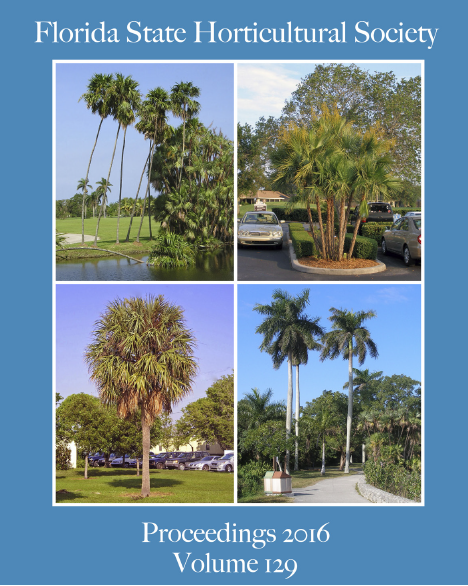Abstract
Similar to butterfly gardens, a pollinator garden incorporates the use of plants that attract butterflies. However, it differs in that selected plants also attract other pollinators such as native bees, wasps and hummingbirds. Bees need nectar and pollen, both of which are provided by flowers. Nectar serves as the primary source of carbohydrates for bees. Pollen is essential to brood production, young bee development and hive growth. Interestingly, all pollen is not created equal, and “pollen from different floral sources has different quantities of each component” (Ellis, et al., 2013). The purpose of this project is to teach youth and their families about the importance of pollinators and the relationship between plants and pollinators. This project promotes Florida-Friendly Landscaping TM principles, especially reducing stormwater runoff, attracting wildlife, reducing pollinator risk when using pesticides, and beautifying our community while preserving and conserving resources such as water. Components of the pollinator garden include writing grant proposals, purchasing theme pack supplies, selecting and planting appropriate plants, and project evaluation. For this project, a Girl Scout troop, Master Gardener volunteers, and Extension faculty partnered to create and maintain the garden. Youth involved were responsible for watering, weeding, pruning, composting, and integrated pest management. During 2015, 1659 people visited the extension demonstration gardens. Pollinator gardens are unique, and this project provides a template for others to use. These gardens can teach people how to attract pollinators to their landscapes while reducing negative environmental impacts associated with landscape management practices.

